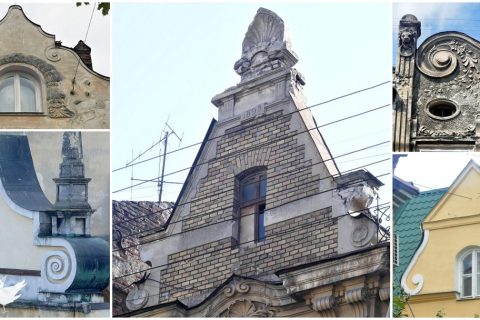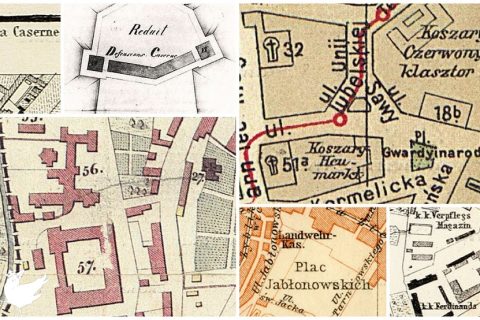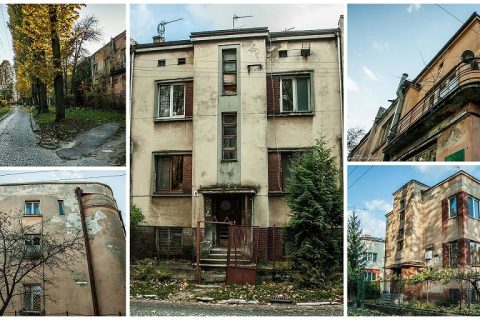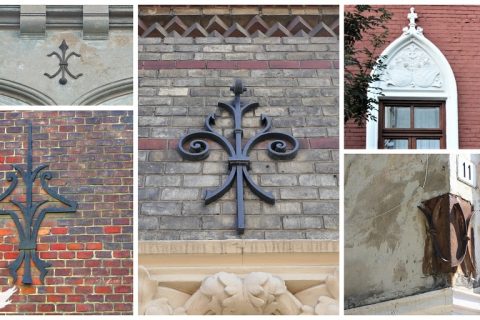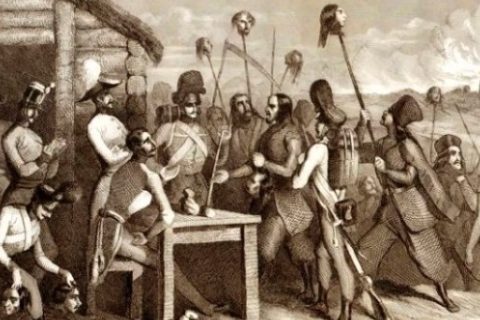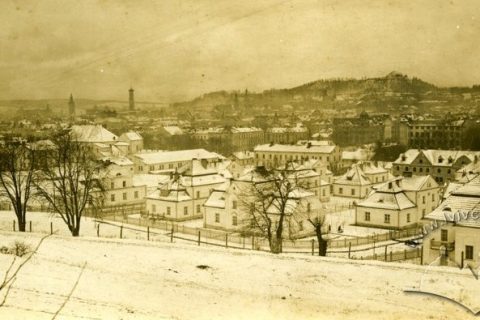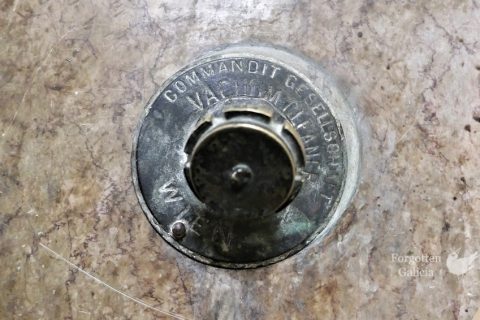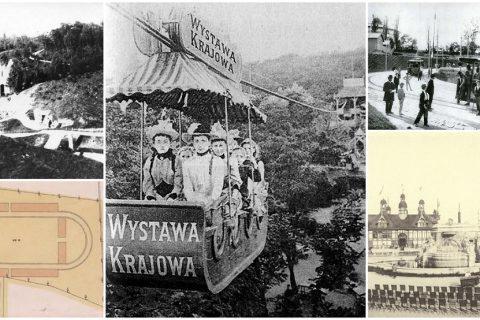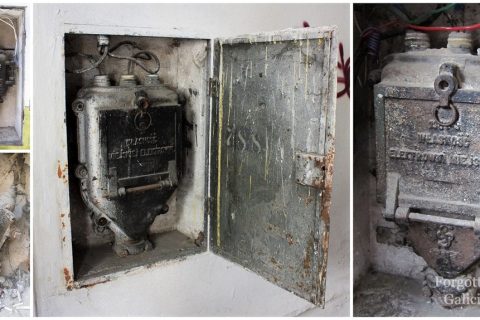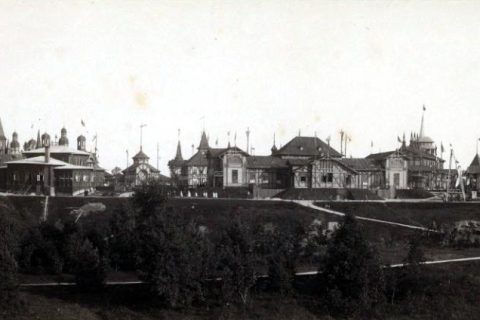‘The Eastern Gates of the Austrian Empire’: The Brody Border
‘The Eastern Gates of the Austrian Empire’ In 1772 the city of Brody became part of the Habsburg Monarchy as a border town of the crownland of Galicia and Lodomeria – first with the Commonwealth of Poland and from 1795 with the Russian Empire. The international border was about 6 […]
Read More

